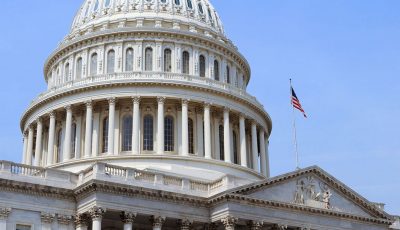CUC assures 88 pct. reserve energy even if hotels hook up
The Commonwealth Utilities Corp. assured power customers yesterday that it has more than enough reserve power capacity even with the inclusion of large commercial customers to its grid, which is the target of CUC’s incentive rate petition before the regulatory commission.
Robert Young, managing director of economists.com, disclosed this to the Commonwealth Public Utilities Commission in a presentation yesterday at the Commonwealth Development Authority’s conference room.
Currently, Young said, Saipan has a generation capacity of 79 megawatts. The island’s peak load is at 35MW, translating to a 125-percent reserve margin.
With the expected approval of the incentive rate for nine large commercial customers, Young disclosed that CUC’s reserve capacity will still be at a stable 88 percent. He estimated the peak load for incentive rate customers is at 7 megawatts.
CUC and its large commercial customers have agreed to endorse an incentive rate option that, if approved by the CPUC, would entitle them to avail a significant reduction in their electric base rates for three years. The petition replaces the standby charge proposal earlier withdrawn by the utilities corporation. The alternative option provides a reduction of 7.3 cents per kWh from CUC’s commercial electric base rate. Eligible for the incentive rate are existing customers who currently generate 90 percent or more of their annual electric requirements and have installed capacity of 400 kW or greater. New commercial customers with generation capacity of 400 kW or greater will also qualify for this new incentive rate.
According to the economists.com’s report, there’s an estimated nine customers with a combined connected load of 8,522 kW—or approximately 30 percent of CUC’s peak demand—that would be eligible for the incentive rate.
Young said the incentive rate is a common offering in utility agencies around the nation. He listed at least 25 electric utilities in the U.S. mainland that currently offer these types of incentive rate options.
According to Young, there are two types of electric incentive rates: attract and keep. The incentive rates to attract new load are referred to as Economic Development Rates, while incentive rates to keep existing customers from leaving are referred to as Load Retention Rates.
Benefits of IR
Young enumerated yesterday the benefits of the proposed incentive rate. These include increased sales from new and existing customers as long as additional capacity is not required. To the community, the benefit is increased employment and other direct, indirect, and induced economic effects, while the government would benefit from tax revenues.
According to Young, CUC kWh sales fell 50 percent since 2005—from 430 million in 2005 to just a little over 200 million in 2013. He attributed the significant decline to the loss of garment industry, followed by Japan Airlines’ pullout, recession, the Japanese earthquake, and the loss of large commercial load.
With the economy starting to pick up, he said the CNMI could see construction of at least eight new hotels in the next three to four years, which could consume over 75,000 to 100,000 mWh annually.
“With increased tourism, new businesses, restaurants, staff housing, etc., will lead to increased electric usage,” Young said in his presentation yesterday.
Young also pointed out that, with the proposed incentive rate, “other customers are not harmed.”
CUC proposes that the incentive rate for large commercial customers take effect on June 23, 2014.
Assuming that all nine large customers agree to purchase power through the incentive rate, CUC is projecting a base rate revenue increase of about $1.5 million annually. Total revenue increase including LEAC will be approximately $12.7 million.



























